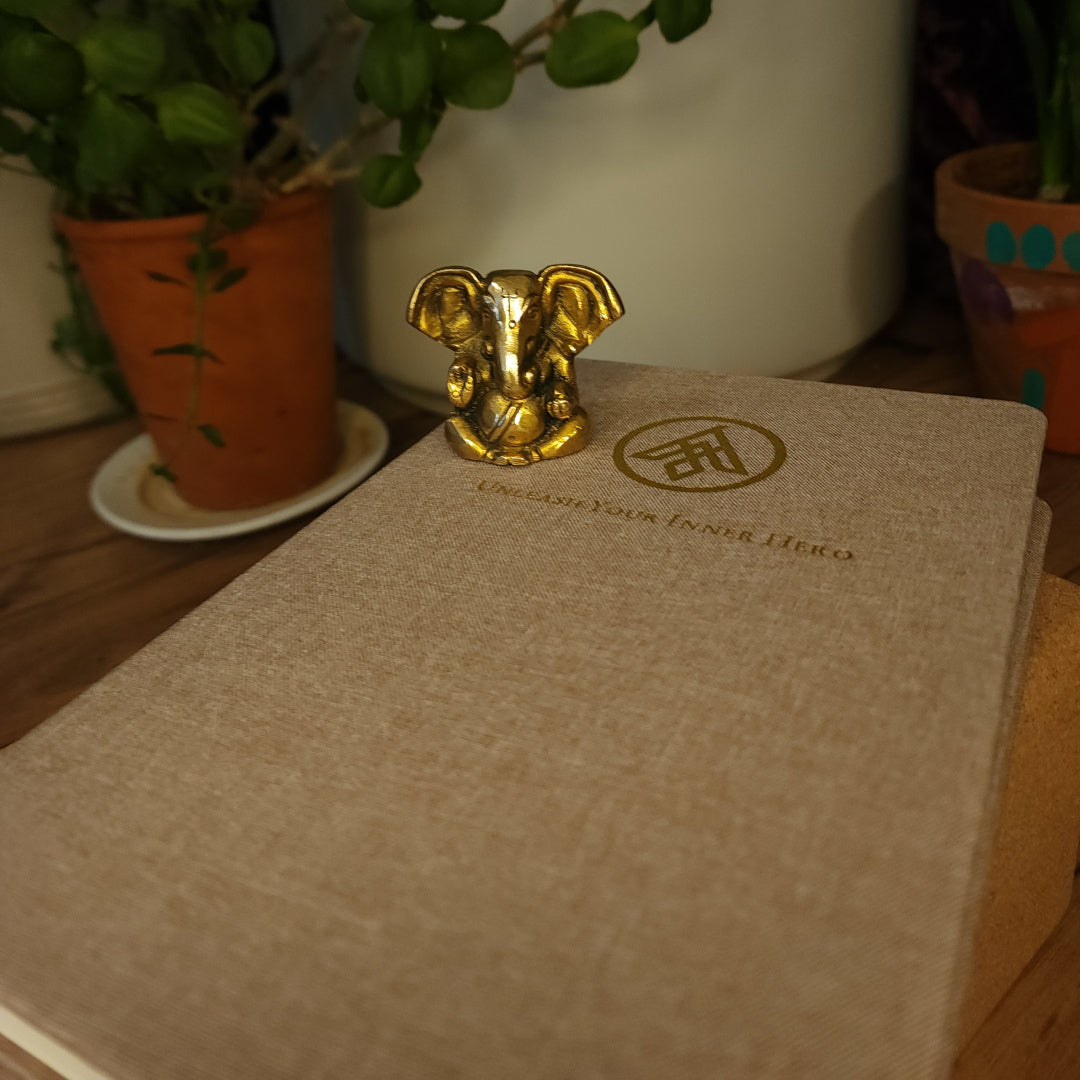Parivrtta (Revolved)
Jack UtermoehlShare
Parivrtta is a Sanskrit term meaning "revolved" or "twisted."
In yoga, parivrtta describes poses that involve a rotational movement of the spine, creating twists that enhance flexibility, stimulate the internal organs, and promote detoxification.
Revolved poses also encourage a shift in perspective, both physically and mentally, symbolizing the ability to see things from a new angle.
Etymology and Meaning
Root Word: "Pari" (around, surrounding) + "Vrtta" (turned, rolled)
Translation Variations: Revolved, twisted
Pronunciation: Parivṛtta [Pah-ree-VRIT-tah]
Parivrtta poses engage the body’s core and spine, creating movements that promote balance, alignment, and energetic flow.
These poses also challenge practitioners to remain steady and focused while exploring dynamic and rotational movements.
Examples of Parivrtta in Yoga Poses
- Parivrtta Trikonasana: Revolved Triangle Pose, combining a twist with a forward bend to engage the core and stretch the spine.
- Parivrtta Parsvakonasana: Revolved Side Angle Pose, a deep twist that opens the chest and strengthens the legs.
- Parivrtta Janu Sirsasana: Revolved Head-to-Knee Pose, involving a seated twist that stretches the side body and spine.
Symbolism in Yoga Philosophy
Parivrtta symbolizes transformation and the ability to embrace change. Twisting poses metaphorically represent the process of releasing the old to make space for the new. They encourage practitioners to explore different perspectives, fostering adaptability and resilience.
Jewelry Designed for Your Practice
We created this collection to honor the wisdom and beauty of yoga. Each piece is crafted with intention to support your journey, on and off the mat.
Practical Application
In Physical Practice
- Practice twists to increase spinal mobility and improve digestion by stimulating internal organs.
- Focus on alignment to avoid strain while deepening the twist gradually with each breath.
In Mental and Emotional Practice
- Use revolved poses to cultivate mental clarity and flexibility by exploring new perspectives.
- Embrace the symbolic release of tension and stagnation through physical rotation.
Quotes and Wisdom
"In every twist, we create space for transformation."
"Parivrtta teaches us to see challenges from a new angle, fostering growth and adaptability."
Modern Relevance
Parivrtta poses are especially beneficial in today’s sedentary lifestyles, helping to counteract stiffness, improve posture, and stimulate the body’s internal systems. They also provide a metaphorical reminder to approach challenges and opportunities with a fresh perspective.
Related Concepts
Utthita: Extended, often paired with parivrtta to describe lengthened twists, such as in Parivrtta Parsvakonasana.
Sukha: Ease or comfort, essential for maintaining balance and relaxation in revolved poses.
How to Practice Parivrtta Poses
Mindset: Approach revolved poses with curiosity and patience, focusing on gradual progression rather than depth.
Actions: Engage the core, lengthen the spine, and twist from the thoracic region to avoid strain in the lower back.
Reflection: Observe how twists influence your physical body and mental outlook, fostering release and renewal.
Suggested Reading
- The Key Poses of Yoga by Ray Long.
- The Heart of Yoga by T.K.V. Desikachar.
Conclusion
Parivrtta poses offer physical and symbolic opportunities for transformation and renewal. By embracing the twists and turns of the practice, practitioners can cultivate strength, flexibility, and a fresh perspective, both on and off the mat.







